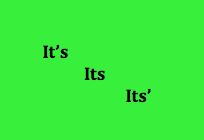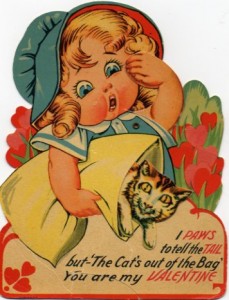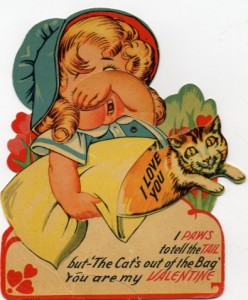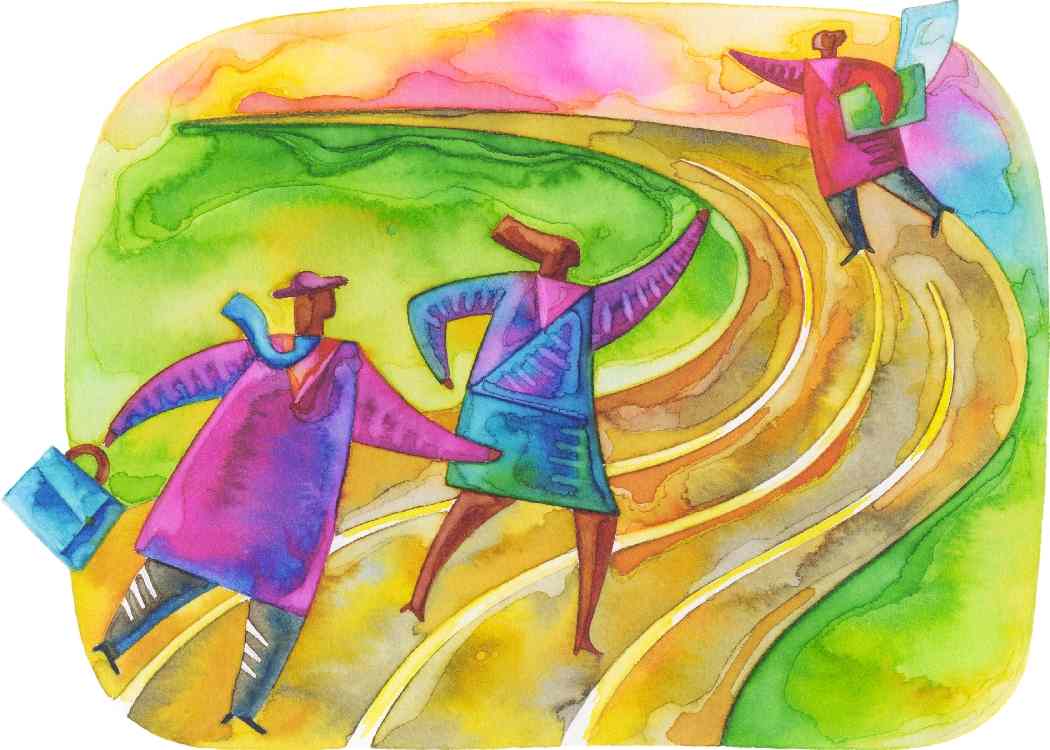 Have you ever been in an awkward situation? Of course you have. You’re only human.
Have you ever been in an awkward situation? Of course you have. You’re only human.
A few months ago, my husband and I were invited to attend a party of a professional colleague. We don’t know this person well, yet we continue to see each other at professional functions throughout the year. We decided to go.
And then it happened: The awkward moment.
Mark and I had gone through the buffet line and had just sat down at a table outside. The energetic hostess came over to us, dropped off two guests with the announcement, “Here’s someone you know!” The woman and I looked at each other. She looked somewhat familiar to me yet I couldn’t place where we had met. She could tell from my facial expression that I was struggling to place her face (I don’t mask confusion very well). She first said her name. Nothing registered. Then she mentioned the statewide professional organization where we first met a number of years ago. (She hadn’t attended any meetings in recent years).
I had seen her a handful of times over the past decade, and we had very little interaction with each other. That was then…this was now. No wonder my mind went blank. You see, the host assumed that I would remember her. Had the host thought a little more carefully about the introduction, she would have jogged my memory. The introduction could have sounded something like this:
“Christine, you may remember (key words) Jane Doe (include the first and last name) from the ABC organization (mention the name of the professional organization).” In this way, the host has given me a frame of reference, a context in which I can recall that person. Simply saying “Here’s someone you know!” doesn’t provide enough reference to jog the memory.
The next time you introduce people, take a moment to think before speaking. Include some frame of reference. You could save a colleague or friend the embarrassment – and frustration – of experiencing an awkward moment.










